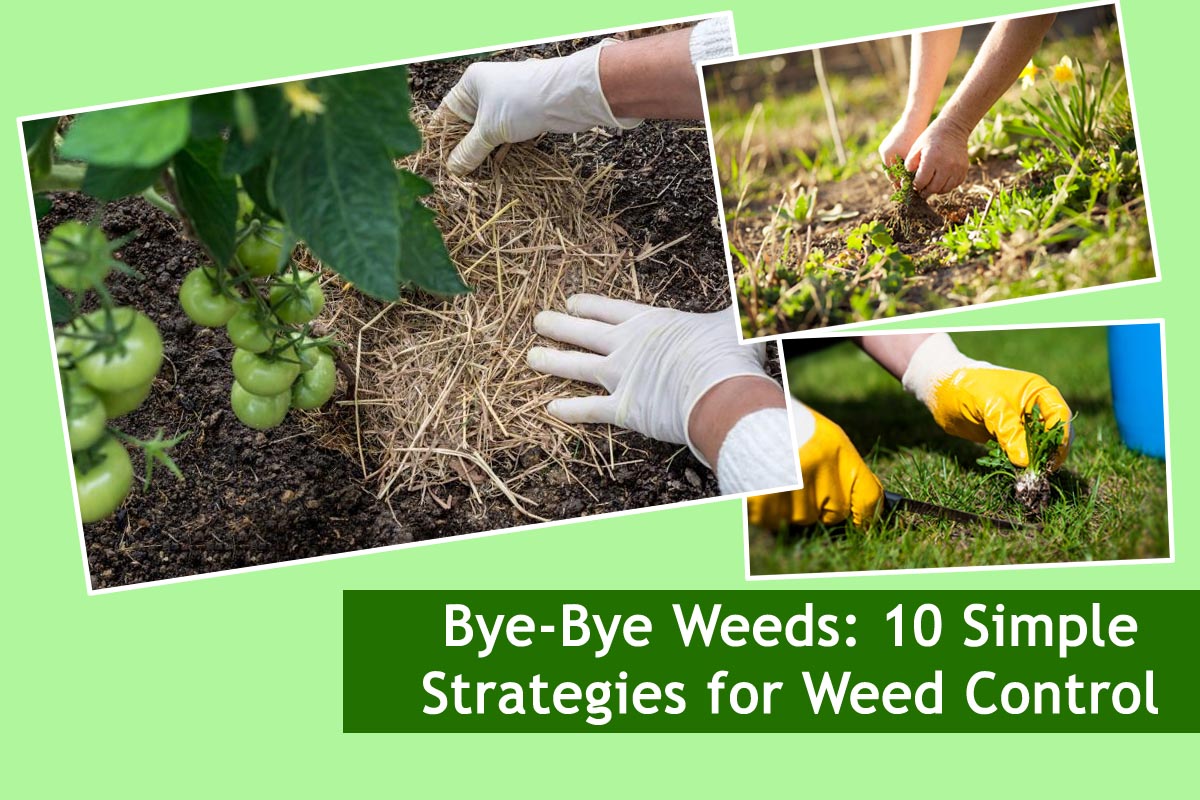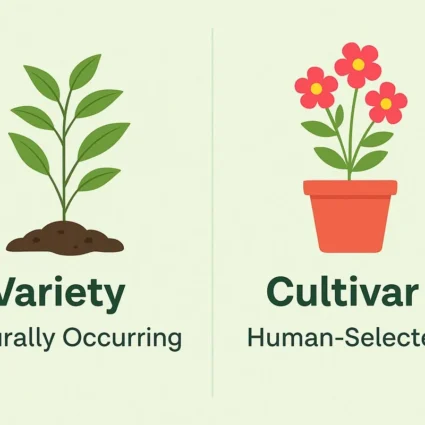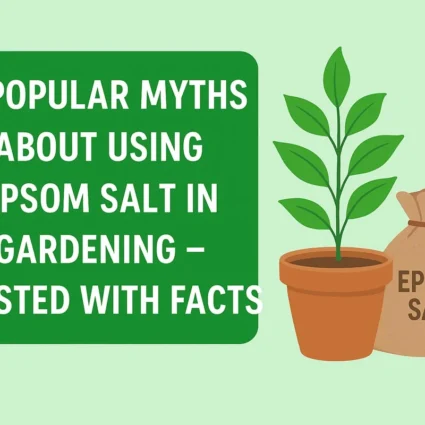
Bye-Bye Weeds: 10 Simple Strategies for Weed Control
Weeds are the unwanted guests that can invade our gardens, lawns, and landscapes, competing with desirable plants for nutrients, water, and sunlight. Controlling weeds can often feel like a never-ending battle, but with the right strategies, you can keep them at bay and enjoy a thriving, weed-free outdoor space. In this guide, we’ll explore ten easy and effective methods for controlling weeds, allowing you to bid farewell to these pesky intruders once and for all.
10 Simple Strategies for Weed Control
- Mulching
- Hand Pulling
- Weed Barrier Fabric
- Herbicides
- Cover Crops
- Proper Watering
- Crop Rotation
- Solarization
- Hand Hoeing
- Vigilance
Mulching:
Mulching is one of the most effective ways to suppress weeds while simultaneously improving soil health. A layer of mulch acts as a barrier, preventing weed seeds from germinating and blocking sunlight from reaching existing weeds, which inhibits their growth. Organic mulches, such as wood chips, straw, or shredded leaves, not only smother weeds but also break down over time, enriching the soil with essential nutrients.

Also Read This :10 Varieties of Lawn Grass: A Comprehensive Guide
Hand Pulling:
For small-scale weed control, nothing beats good old-fashioned hand pulling. This method is particularly effective for annual weeds with shallow roots, such as dandelions and chickweed. To ensure successful removal, grasp the weed firmly at the base and pull steadily, making sure to extract the entire root system. Regularly inspecting your garden and promptly removing weeds as soon as they appear can prevent them from spreading and becoming a more significant problem.
Also Read This :7 Must-Grow Vegetables for Your March Kitchen Garden
Weed Barrier Fabric:
Weed barrier fabric, also known as landscape fabric or weed mat, is a synthetic material that can be placed on the soil surface to suppress weed growth. This permeable fabric allows water and nutrients to penetrate the soil while blocking sunlight, effectively smothering weeds underneath. Weed barrier fabric is particularly useful in areas where weeds are persistent, such as vegetable gardens or flower beds. Simply lay the fabric over the soil, secure it with landscape staples, and cut holes for planting.
Also Read This :Selecting the Superior Potting Soil: A Guide for Flourishing Plants
Herbicides:
While manual and cultural weed control methods are preferable for many gardeners, herbicides can be a valuable tool for managing stubborn weeds. Selective herbicides target specific types of weeds while leaving desirable plants unharmed, making them ideal for spot treatments in lawns and ornamental beds. Non-selective herbicides, such as glyphosate, are effective against a wide range of weeds but should be used with caution to avoid damaging desirable vegetation.
Also Read This :Keep Your Curry Leaves Green Year-Round: Easy Tips for Vibrant Garden Growth
Cover Crops:
Cover crops are fast-growing plants that are sown to cover bare soil and suppress weeds. Popular cover crop options include clover, rye, and buckwheat, which not only compete with weeds for space and resources but also improve soil structure and fertility. Cover crops can be sown in between rows of vegetables or in fallow garden beds during the off-season, providing natural weed control while enriching the soil with organic matter.
Also Read This :10 Effective Methods to Create Shade in Your Garden
Proper Watering:
Maintaining proper watering practices can help prevent weeds from taking hold in your garden. By watering deeply and infrequently, you encourage the growth of deep-rooted plants, which can outcompete shallow-rooted weeds for water and nutrients. Additionally, watering in the morning allows the soil surface to dry out during the day, reducing the germination of weed seeds. Avoid overwatering, as this can create ideal conditions for weed growth and weaken desirable plants.
Also Read This :Beat the Heat: Essential Gardening Tips for Thriving Plants in Summer
Crop Rotation:
Implementing a crop rotation plan can help disrupt the life cycle of weeds and prevent them from becoming established in your garden. By alternating the types of crops grown in each bed or area from year to year, you can confuse and deter weed populations that rely on specific host plants. Additionally, certain crops, such as legumes, have allelopathic properties that inhibit the growth of weeds, further reducing the need for chemical interventions.
Also Read This :How to Harness the Power of Cow Dung for Plant Growth: Benefits and Usage Tips
Solarization:
Solarization is a natural weed control method that harnesses the power of the sun to eliminate weeds and weed seeds from the soil. To solarize your garden bed, cover the area with clear plastic sheeting and secure the edges with soil or rocks to create an airtight seal. Leave the plastic in place for several weeks during the hottest part of the summer, allowing the heat to build up and effectively cook weed seeds and seedlings. Solarization is particularly effective for controlling annual weeds and can be used to prepare planting beds before sowing seeds or transplanting seedlings.
Also Read This :10 Feng Shui Plants for Happiness and Prosperity in Your Home
Hand Hoeing:
Hand hoeing is a traditional gardening technique that involves using a handheld hoe or cultivator to remove weeds from the soil surface. Unlike tilling, which can disturb soil structure and bring buried weed seeds to the surface, hand hoeing targets weeds without disrupting the surrounding soil. This method is especially useful for controlling weeds in tight spaces or between rows of plants, where larger tools may be impractical. Regular hoeing can help prevent weeds from becoming established and keep your garden looking tidy and well-maintained.
Also Read This :Revitalize Your Balcony: 7 Tall Plant Wonders for a Fresh New Look
Vigilance:
Perhaps the most important aspect of effective weed control is vigilance. By staying proactive and regularly monitoring your garden for signs of weed growth, you can nip potential problems in the bud before they have a chance to spread. Take the time to inspect your garden beds thoroughly, paying close attention to areas where weeds are most likely to emerge, such as along fences, pathways, and garden edges. Promptly remove any weeds that you encounter, being careful to extract the entire root system to prevent regrowth.

Also Read This :Elevate Your Balcony Décor with Chic Flower Pots
Controlling weeds doesn’t have to be a daunting task. By incorporating these ten simple strategies into your gardening routine, you can keep weeds in check and enjoy a healthy, vibrant outdoor space year-round. Whether you prefer organic methods like mulching and hand pulling or rely on tools like herbicides and weed barrier fabric, there’s a weed control solution to suit every garden and gardener. With a little effort and diligence, you can say goodbye to weeds and hello to a beautiful, weed-free landscape.




